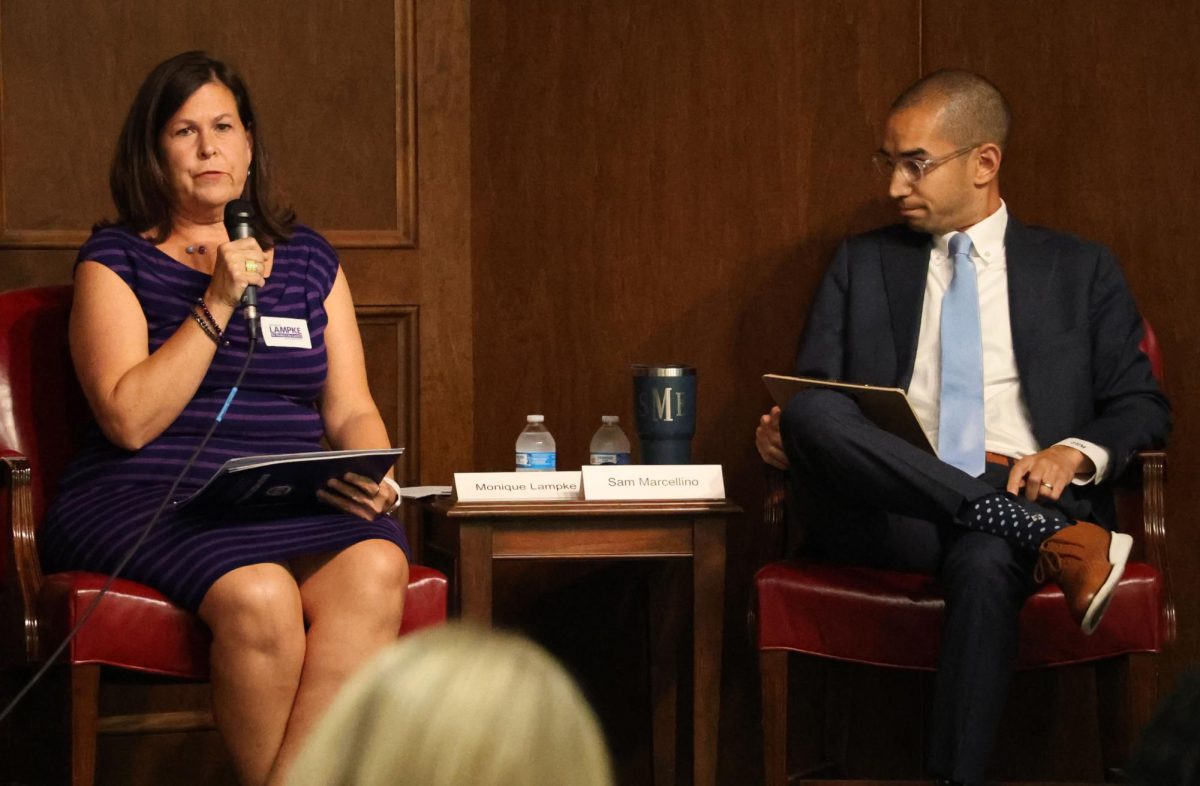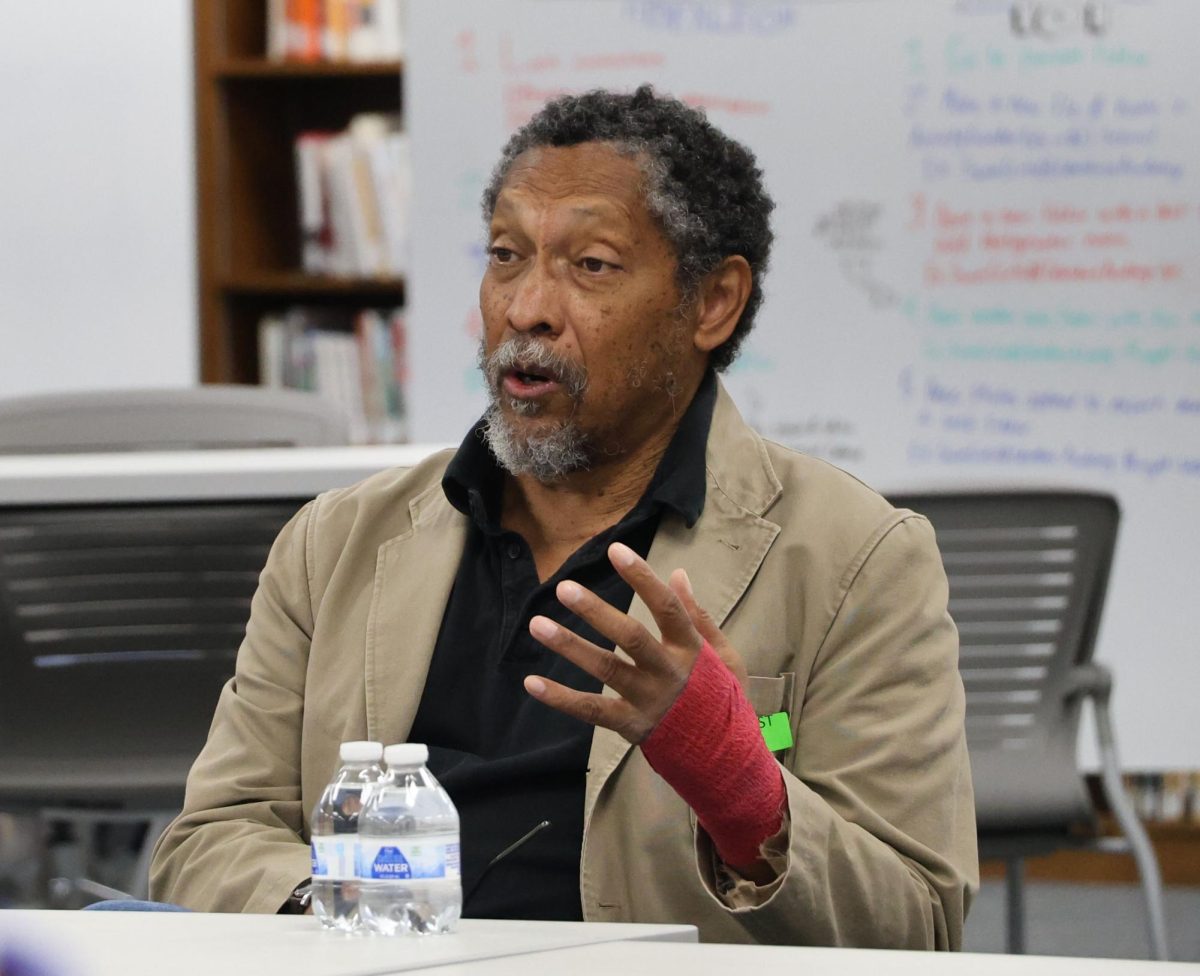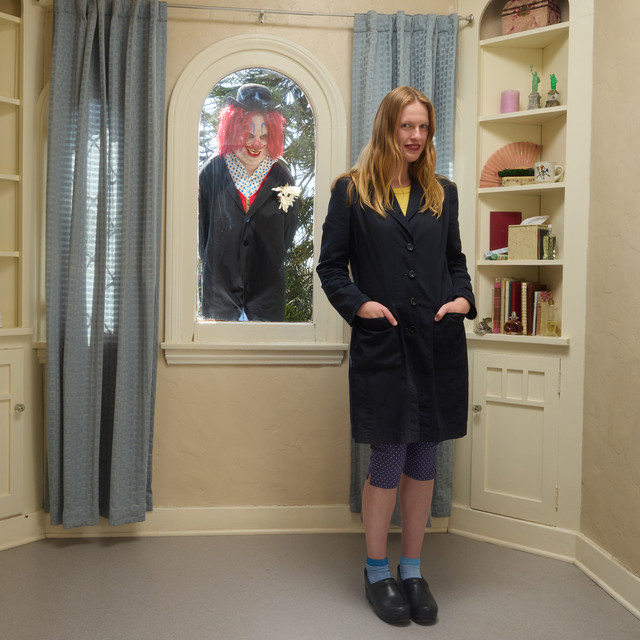The Board of Education passed a resolution refining the district’s policies pertaining to gender identity and school facilities in a 4-1 vote during their meeting Thursday, Feb. 13.
The adopted resolution amends Board Policy ACAB by removing language which affirms students’ access to restrooms, locker rooms and other facilities corresponding with their gender identity.
All other aspects of policy ACAB are to remain unless the Board chooses to revise them in the future. In a statement, Board President Victoria Powers said the resolution was drafted in response to Senate Bill 104, which requires all school districts in Ohio to designate multi-occupancy restrooms and other facilities as single-gender and prohibits transgender individuals from using restroom facilities corresponding to their chosen gender identity. According to the Ohio Legislature website, SB-104, which was passed by the Ohio Senate Nov. 13 and signed into law by Gov. Mike DeWine, gave all Ohio districts 90 days to implement their policies in response to the law. The law went into effect Feb. 25.
Principal of Secondary Schools Jason Caudill said the restrooms in the high school would face little changes as all multi-occupancy facilities already have a specific gender designation. He added gender-neutral bathrooms would remain, as they are single stalled and do not violate the provisions of SB-104.
“As long as gender neutral bathrooms are single stall, it’s totally allowed,” he explained. “It’s only multi-stall gender neutral bathrooms which are an issue.”
Caudill added the district was still navigating other cases in which they would have to comply with the law, such as locker rooms and hotel accommodations for overnight trips.
Powers affirmed the Board’s support for transgender and nonbinary individuals and explained the pillars of the district’s Strategic Plan, including inclusion, equity and support for vulnerable students and staff at Bexley schools.
“Our Board and district have consistently set out to support our mission and live into our values to serve all students,” she explained. “I know we will continue to ensure the dignity of everyone in our buildings and that every student feels welcomed, supported, valued and safe.”
Jonathan Baker was the sole board member to oppose the resolution. He explained his worry that the changes would ostracize transgender and nonbinary students.
“I hope we can continue to find better means of keeping the district in good legal standing while making sure our students, especially those from the transgender community, feel welcome, safe and protected,” he said.
Caudill said the administration has been working to inform students of the bill and any ramifications it could have on their lives. He explained these initiatives included having conversations with teachers on how to navigate questions, broadcasting announcements, speaking with concerned parents and clearing up misconceptions.
“If you’re impacted by this, hopefully the message came through,” Caudill added. “If you’re not impacted, or even aware, hopefully it’s simply a reminder of the importance of being kind.”
Social studies teacher and Gay-Straight Alliance adviser Scott King-Owen said SB-104 has the possibility of having drastic ramifications for students who identify as nonbinary and transgender.
“It sets a tone I think is dangerous to trans and nonbinary students,” he explained. “It sends a message to those students that who you are doesn’t matter to the General Assembly of Ohio.”
A sophomore who wished to remain anonymous said they were concerned by SB-104, especially in the wake of other imminent legislation pertaining to LGBTQ minors.
“Administration is already indicating they will have to comply with these kinds of orders,” they explained. “It makes me worried about my other rights the government might come after.” King-Owen said he has attempted to integrate the debate surrounding SB-104 into his social studies curriculum in order to educate students on current events and answer any questions they have.
“When I have the opportunity to talk about these hurtful, harmful and frankly dishonest pieces of legislation, I do so,” he explained. “I think it’s worth all students knowing laws like this exist.”
He added many of his students, especially members of the LGBTQ+ community, were already relatively aware of legislative news pertaining to transgender rights.
“We haven’t had a conversation about this in GSA yet,” King-Owen explained. “They were aware of it, but we were waiting for the ‘shoe to drop’ in terms of implementation.”
Caudill said Ohio Attorney General Dave Yost has already indicated he will prosecute districts who do not comply with SB-104.
He added if Bexley decided not to comply with all provisions of the law, the district could experience consequences or punishments from the state.
“They could come in with a court order and force us to comply, or they could also come after educators’ licenses, charge us with academic misconduct and teachers could lose their jobs,” Caudill explained.
King-Owen said he believed SB-104 and other anti-trans laws were the product of misinformation and the need for politicians to find a party to blame for crises.
“Conservatives have convinced their voters that in order to save the world, they must vote for people who will protect them against trans students in the bathroom,” he explained. “It is fundamentally a political move, and not necessarily indicative of a wider social movement.”
Powers said further amendments to Board Policy ACAB are likely due to the impending legislative fallout of House Bill 8, also referred to as the “Parents’ Bill of Rights.”
She explained those factors influenced the Board’s decision to pursue a resolution rather than a policy which could be subject to changes in the near future.
Despite the controversy surrounding SB-104 and similar legislation, Powers said the Board was meticulous and intentional in its attempts to balance the district’s inclusiveness and compliance with state and federal mandates.
“As Board members, we took an oath to discharge our duties in accordance with applicable law,” she explained. “This is true even when some, or all, of us do not agree with it.”



























